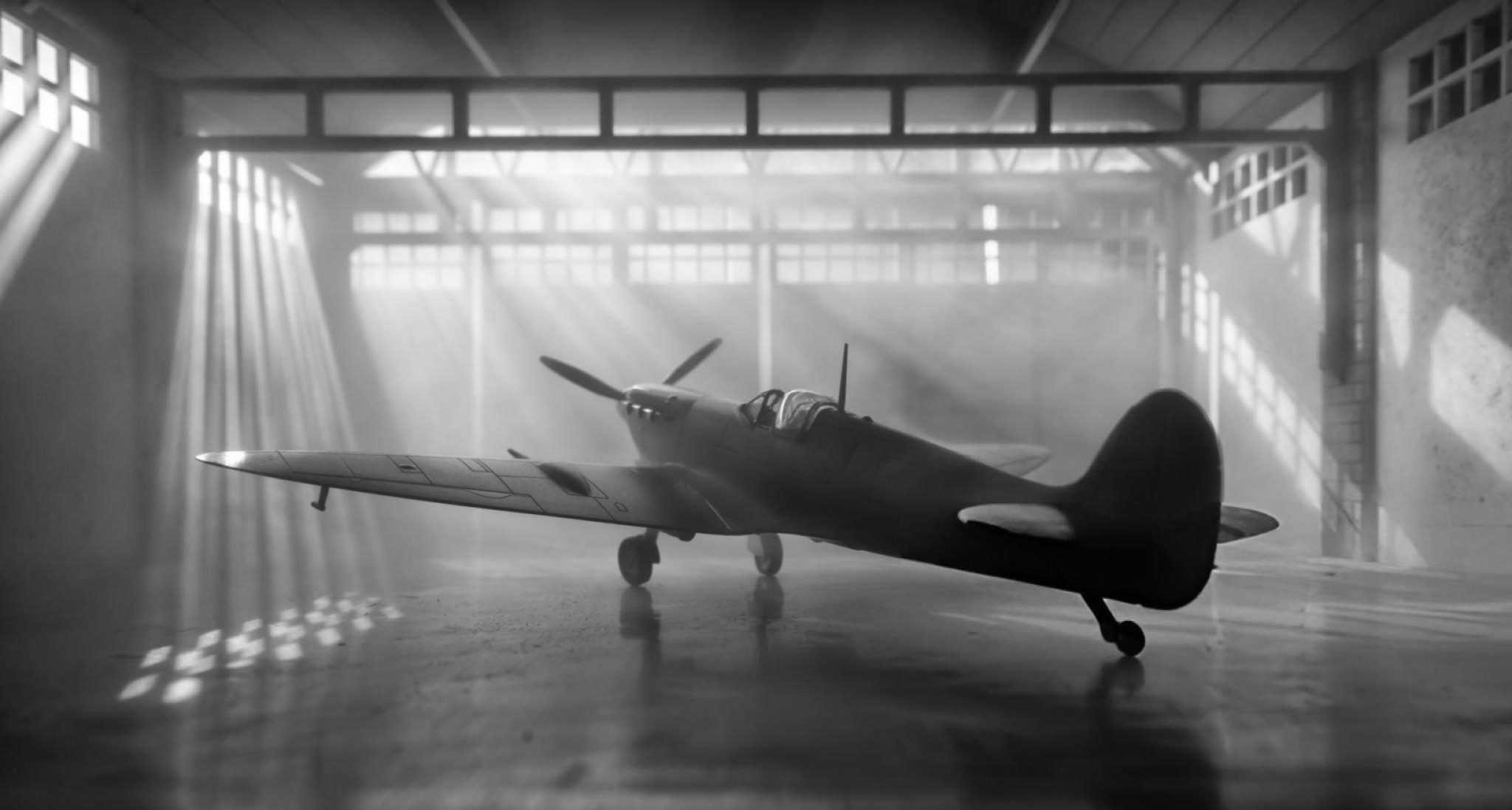Protector RG1 achieves UK certification, enabling flights in regular airspace
RAF’s advanced MQ-9B drone cleared for operations beyond restricted airspace, marking a major milestone for unmanned systems in British skies
The royal air force’s cutting-edge unmanned aerial system, the protector RG1, has received formal certification to operate in regular UK airspace, General Atomics Aeronautical Systems Inc (GA-ASI) announced on 8 may 2025. The Military Type Certificate (MTC), issued by the UK military aviation authority, marks the culmination of a rigorous airworthiness assessment process and clears the aircraft for operational deployment across British skies, far beyond the limitations of previously restricted zones.
The protector RG1, the UK-specific variant of the GA-ASI MQ-9B, has now proven its ability to safely integrate with civilian air traffic – a capability few remotely piloted aircraft of its class possess. The certification followed a comprehensive series of flight trials starting in February 2025, centred around RAF Waddington, the drone’s main operating base.
To date, ten of the RAF’s 16 ordered protectors have been delivered, with the remaining airframes expected to arrive as the UK prepares to retire its ageing MQ-9A Reaper fleet by year-end. Despite waddington being the official home of both systems, most Reaper missions have historically been controlled from overseas locations.
GA-ASI CEO Linden Blue described the MTC achievement as a “seminal” moment for the company, reflecting years of dedicated effort. “Earning an MTC for MQ-9B was a herculean effort,” he said. The certification process involved three flight test aircraft and one ground test vehicle, amassing over 120,000 simulated flight hours and generating more than 140,000 pages of technical documentation.
The final hurdle came during two critical test flights on 7 and 8 may. The first, under the callsign PHOENIX 55, saw the drone operate at over 10,000 feet above RAF Waddington. The following day, PHOENIX 57 completed a historic flight to RAF Marham at 21,000 feet—an altitude typically shared with commercial aircraft. Though special precautions were taken on this occasion, this high-level transit confirmed the drone’s readiness to share controlled airspace.
The UK is the first nation to certify the MQ-9B under NATO’s Standardised Agreement 4671 (STANAG 4671), setting a precedent for other future operators including Belgium, Canada, Poland, Japan, Taiwan, India, and the United States. The platform’s sophisticated design, featuring fire and lightning protection, anti-icing measures, and a strict separation of mission and flight-critical systems, makes it uniquely suited to operate alongside manned aircraft in complex airspace.
Group captain neil venables of the type airworthiness authority hailed the certification as “a testament to the hard work of all involved” and noted the privilege of being the first to achieve such an accolade for the Protector system.
The certification unlocks new opportunities for RAF training missions within UK airspace and opens the door for the drone’s involvement in domestic emergency response operations under the Military Aid to Civil Authorities (MACA) framework. The Protector’s advanced intelligence, surveillance, and reconnaissance (ISR) capabilities position it as a valuable asset in natural disaster response, search and rescue efforts, and counter-terrorism operations.
Advanced weapons integration
Beyond its surveillance prowess, the protector RG1 will also bring enhanced precision strike capabilities to the RAF. It is set to phase out legacy weapons such as the GBU-12 paveway II in favour of the newer Paveway IV – a UK-developed precision-guided bomb that has seen service with the Typhoon and F-35B fleets.
In addition, the drone will be fitted with Brimstone 3 missiles, known for their accuracy and versatility. Using triple ejector racks, the Protector will be able to carry up to 18 Brimstones across its six hardpoints. Integration of the Brimstone 3 is scheduled for the final quarter of 2025.
Protector will likely be compatible with a variety of ISR payloads similar to those used on the Reaper, including electro-optical/infrared sensors and synthetic aperture radar. These capabilities, although largely classified, have appeared in select official imagery and are expected to be expanded upon in future deployments.
The RAF’s move to field protector RG1 reflects a significant leap in unmanned aviation capabilities – not just in terms of airworthiness and interoperability, but also operational flexibility and strategic reach.







